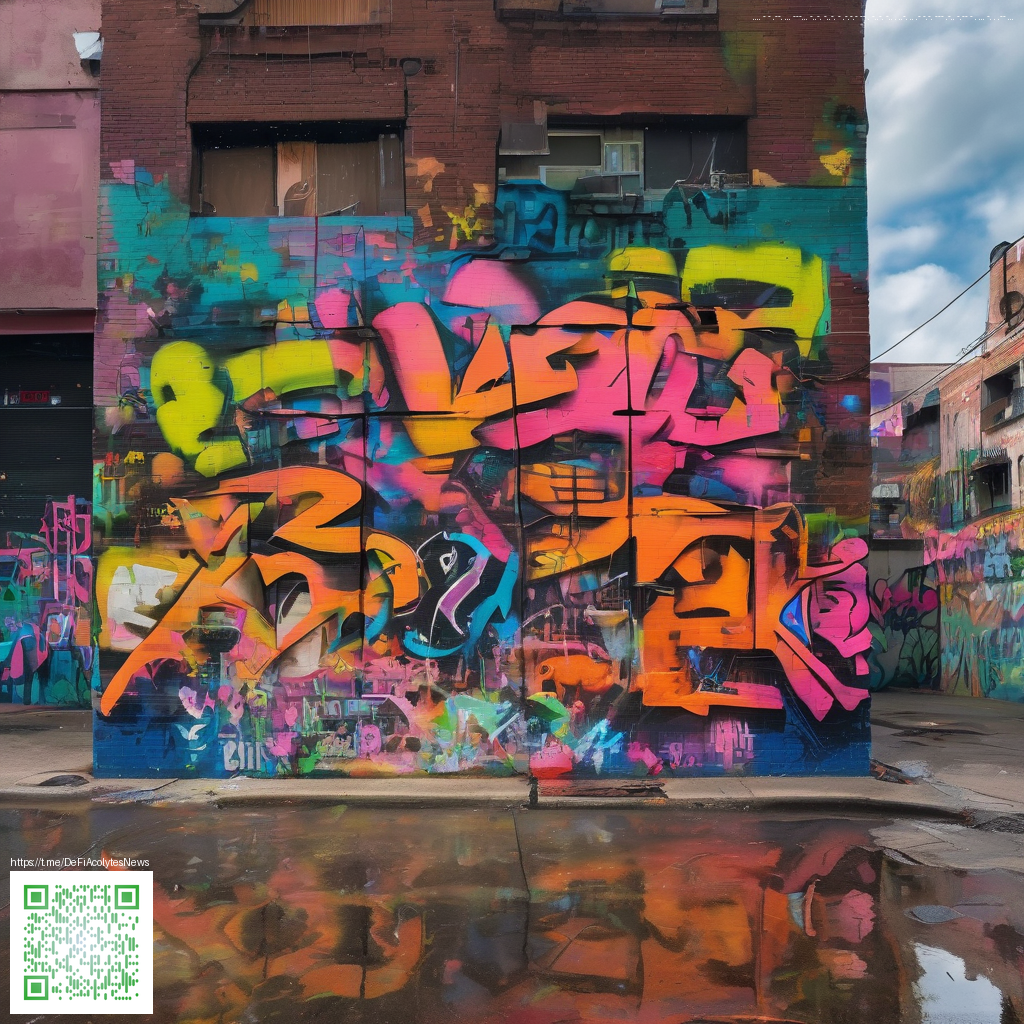
Exploring the pitfalls and what went wrong in Cities Skylines
City builders have celebrated the depth and ambition of this landmark sim, yet no game is perfect. For many players the most frustrating moments come from systemic quirks that undercut the fantasy of a flawlessly functioning metropolis. This piece dives into the most disappointing aspects with a focus on how gameplay, community feedback, and ongoing updates shape the experience for veterans and newcomers alike 🎮.
Foundational gameplay frictions that slow momentum
Traffic management stands as the crown jewel of a city sim yet also its hidden Achilles heel. The road network feels powerful on paper but real world flows can stall at the worst moments of rush hour. Drivers cluster in gridlock with surprising stubbornness, and even well planned intersections can grind to a halt if timing windows aren’t perfectly tuned. The result is a persistent tension between ambition and execution that can sour early play sessions.
Public transit promises a cure and often becomes part of the problem. Bus and rail systems can revive neighborhoods, but the learning curve to assemble an efficient network is steep. When lines overlap and timetables misalign, the city’s rhythm collapses into a disjointed waltz of delays. For players hoping to express creativity through mass transit, the experience can feel uneven and unforgiving.
Community voices and the mood of the forums
Within fan spaces you’ll find a chorus of affection for the sandbox scope and the sense of possibility. Yet the chorus also vocalizes disappointment with how the core simulation handles scale. Large cities reveal soft spots in optimization, memory usage, and occasional instability under heavy loads. The moody vibe is not a turnoff so much as a reminder that even a well-loved tool has rough edges after dozens of hours of micro-management.
Modders have kept the scene lively by offering workarounds, enhancements, and fresh content that official patches rarely match in tempo. The flip side is that heavy mod usage can bring compatibility headaches after updates. The community often ends up balancing a two step dance between official fixes and community made improvements.
Updates and the ongoing attempt to fix the cracks
Updates continue to roll in with a clear emphasis on traffic dynamics and route optimization. Observers note that the latest patches in the series push toward smarter routing and more robust road networks, signaling a commitment to addressing long standing pain points. While these adjustments help, they seldom erase the fundamental trade offs built into the game's simulation model, leaving some players feeling the bugs have simply evolved rather than disappeared.
In parallel, patches sometimes expand content through new road types and transit options, giving builders more knobs to tune their systems. The intention is to empower feel good moments when a well tuned network finally sings, even if the road to that moment can be bumpy. The cadence remains rapid enough to keep chatter alive in the forums and streams 🕹️.
Modding culture as both shield and complication
Modding is arguably the lifeblood of the community. It unlocks features that feel missing from the base game, optimizes traffic control, and streamlines city analytics. The flip side is a reliance that can fragment experiences across updates and platforms. When a favored mod breaks after a patch, players face difficult choices between waiting for a fix, reverting changes, or risking instability. The culture thrives on experimentation, but it also asks players to become amateur engineers and QA testers in addition to city planners.
What the future could bring
Despite the rough patches, the game's core promise remains vivid bright and enticing. A future built on smarter AI, deeper transit ecosystems, and more forgiving performance for ambitious megacities could tilt the balance toward a smoother experience. Developers have shown a willingness to iterate, which matters to a community that logs countless hours shaping skylines, transit grids, and zoning patterns. That iterative spirit matters as much as any feature in this landscape of possibility 🧠.
City building is as much about patience as precision, and the joy comes from watching a flawed plan finally click into a bustling urban machine.
For readers who want a tactile reminder of this hobby the marketing world has other great gear to offer. If you’re planning late night sessions crafting districts and transit loops consider a reliable mouse pad that can keep up with long play sessions and delicate precision tasks. The right accessory can be a small comfort when you are juggling zoning, traffic graphs, and municipal budgets.
Neon Gaming Mouse Pad 9x7 Custom Neoprene Stitched Edges